Expedite investment in the occupational health and safety of miners
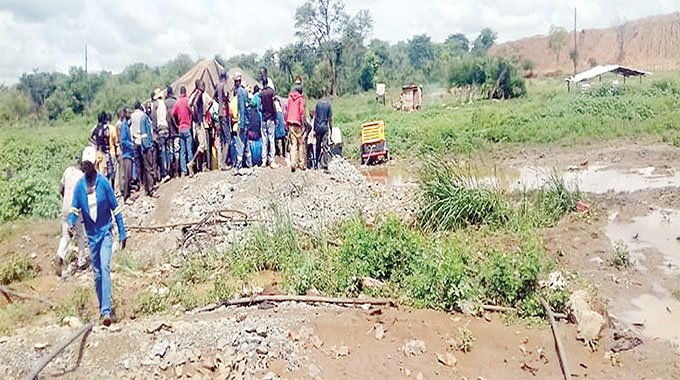
Gibson Mhaka, Senior Features Reporter
A disturbing scene of an old man lying on empty sacks on the floor of his shack, wheezing like a dying animal, greets one who visits Killarney Squatter camp on the outskirts of Bulawayo.
In one corner there is an array of plastic utensils – buckets, and a basin for collecting and storing water – and a stack of old aluminium plates, all clean and dry in a tray on the floor.
Next to these are three of the ailing man’s children.
They are lying, like their father, on empty grain sacks spread out on the bare floor, their ribs visible. They look weak and hungry.
“My children are dying of hunger and I couldn’t fend for them as I’m sick. I contracted tuberculosis (TB) while working for a local mining company for which I worked from 1965, until 2002. When I was tested and diagnosed with TB they retrenched me,” a teary Themba Tshuma (66) said in an interview.
“They sent me home without compensation for a disease I got working in their mine. When they retrenched me I could not eat and was vomiting blood.
“It took doctors two weeks to stop the vomiting. They said the TB had worsened because I should have started treatment a long time ago. I am now struggling to look after my wife and children, as no one wanted to hire me because of my illness. I used most of my retrenchment package to pay the doctors,’’ added Tshuma.
Cases like Tshuma’s are not uncommon. Diseases such as TB and silicosis are prevalent in mines, where miners are exposed to various potentially toxic or harmful materials or agents.
Silicosis is a lung disease that is incurable. It is caused by inhaling silica dust from gold-bearing rocks over a prolonged period.
It causes shortness of breath, coughing, fever and chest pains. TB is an infectious disease caused by bacteria.
Like silicosis it also affects the lungs but can affect other parts of the body as well.
The disturbing scene at Tshuma’s shack is a graphic representation of mining as an occupation fraught with many dangers and liable to diseases.
By its hazardous nature, it then requires strict adherence to safety regulations and procedures in order to ensure the safety of those engaged in it.
According to National Social Security Authority (NSSA) Marketing and Communications Executive Tendai Mutseyekwa workers in dusty occupations, such as mining, are at risk of developing pneumoconiosis, a progressive, irreversible and incurable lung disease.
He said in order to control the disease, it is important that workers regularly have medical examinations to check if they have developed the disease.
“In pursuit of its mandate to promote health and safety at work, the Authority is currently rolling out the Vision Zero campaign across various sectors, including mining. Vision Zero is a global initiative that seeks to attain zero injuries, zero illnesses and zero fatalities in the workplace,” said Mr Mutseyekwa.
“NSSA also has a mobile clinic that predominantly serves the mining sector, which is considered as a high risk area in terms of health and safety at work. Services available via the mobile clinic include digital x-ray, hearing tests, lung function tests and vision screening. The mobile clinic has brought convenience and early detection of diseases”.
He said NSSA promotes safety and health in the mining sector, as well as others, through the provisions of SI 68 of 1990 adding that the enforcement of safety and health in the mining sector is currently under the Ministry of Mines and Minerals Development.
NSSA has been also at the forefront of promoting occupational safety and health and has an Occupational Safety and Health division dedicated to promoting safety and health in the workplaces like mining.
In 2017 NSSA witnessed about 65 deaths and 5 007 injured workers in work-related accidents.
According to International Labour Organisation (ILO) global statistics, 337 million work accidents occur every year and work-related diseases affect more than 160 workers every year.
Each year there are 2, 3 million work-related deaths. On average, five percent of the workforce is absent from work every day.
Fires, explosions and flooding have been some of the most destructive and dangerous hazards in the mining industry.
Due to many inherent risks in mining, it is important for due attention to be given to emergency preparedness and responses to emergencies that may occur.
Research also suggests that while fatalities in the mining sector have declined substantially over the past several decades, deaths related to occupational illness have not.
Nevertheless, with the introduction of strict safety legislation and protocol, as well as advances in safety equipment, the industry has seen its fatality rate drop over time.
Although, the goal of zero harm has not yet been achieved, it remains the standard that mining companies continue to strive towards.
According to chairperson of Zimbabwe Artisanal and Small-Scale for Sustainable Mining Council (ZASMC) Wellington Takavarasha the industry requires extreme caution and the observance of safety regulations designed to minimise the dangers inherent in mining and ensure the safety of miners.
This is particularly the case where mining operations take place underground, which in some cases may be several kilometres underground.
The recent death of 26 artisanal miners when interlinked shafts and tunnels at two mines in Battlefields, Kadoma, were flooded after the collapse of a dam wall due to excessive rains, has shone a light on the dangers facing small-scale and artisanal miners, who last year contributed a large part of Zimbabwe’s record 33 tonne bullion output.
The disaster was also a wake-up call for the government to improve the working conditions of artisanal and small-scale miners by quickly effecting a shift in mining policy and the implementation of a raft of measures to engender safety and the formalisation of artisanal mining operations.
“There are about 500 000 informal miners across the country and there have been growing incidents of injuries and deaths owing to failure to observe safety issues. The Battlefields disaster has raised serious concerns over the safety of miners and disaster management responses by government’s Civil Protection Unit,” said Mr Takavarasha.
First Lady Amai Auxillia Mnangagwa recently called on Government to enforce stiff laws and penalties on miners who continue operations when they have been advised to stop for safety reasons.
“l would like to implore the mine owners, Ministry of Mines and Mining Development officials and the Environmental Management Agency that mines like this (Silvermoon and Cricket No. 3) need thorough inspection.
“Government should enforce stiffer laws to mine owners who ignore directives to stop mining operations since they should strictly adhere to that,” she said.
In light of the Battlefields disaster, Justice Minister Ziyambi Ziyambi also said the forthcoming Mines and Minerals Bill will include provisions that will regulate the conduct of artisanal miners, and ensure their safety when carrying out underground mining activities.
In the same vein Mines and Mining Development Minister Winston Chitando said the review process will begin after scrutinising findings of the Battlefields disaster.
“Obviously it is a learning point and we will as Government have a serious review of this incident and come up with a policy position. Formalisation will assist in the sense that it will enable Government to focus on formalised activities rather than haphazard operations. This is one of the issues that when we have the review will be one of the action points,” said Minister Chitando.
The Battlefields disaster came barely six months after 14 illegal miners perished after being trapped by a rock fall at Eldorado Mine in Chinhoyi.
After that immense tragedy, the Government immediately ordered the closure of several access points into Eldorado Mine, a move which was aimed at deterring artisanal miners who have allegedly continued mining despite the tragic mine collapse.
It is important to note that workers particularly artisanal and small-scale miners continue to die in work-related accidents as their occupational health and safety issues are not priotised.
The sector has, over the years, been marred by recurrent accidents that have killed and maimed dozens of workers, if not scores. It is estimated that about three accidents occur in the artisanal and small-scale sector daily. It appears the quest for profit pushes some miners to overlook important occupational health and safety standards.
Zimbabwe Miners’ Federation (ZMF) president Ms Henrietta Rushwaya condemned unsafe mining practices saying safety was a major concern in the mining industry adding that the need for preventive measures should not be taken lightly.
“Safety in the mines should be a priority. It is a major concern in the mining industry and a lot needs to be done especially to artisanal miners. They should have a right to work under satisfactory, safe and healthy conditions. Following the recent fatal accident at Battlefields, the Government should expedite formalisation of artisanal miners, so that their activities are done sustainably.
“There is also need to invest in health and safety at mining workplaces. We need a more hands-on approach to ensure safety in the mines and follow ups on how our mines are operating to avoid disasters,” she said.
Given the above observations, it is clear that for Government to significantly mitigate key health and safety hazards in underground mines, it should partner with all stakeholders in the mining sector and identify and rank those hazards that pose the greatest risk and give them the highest level of attention.
The ministry of Public Service, Labour and Social Welfare should also require employers in the mining sector to conduct risk assessments, which would include measures and procedures to control the risks identified in the assessment as likely to expose a worker to injury and illness.

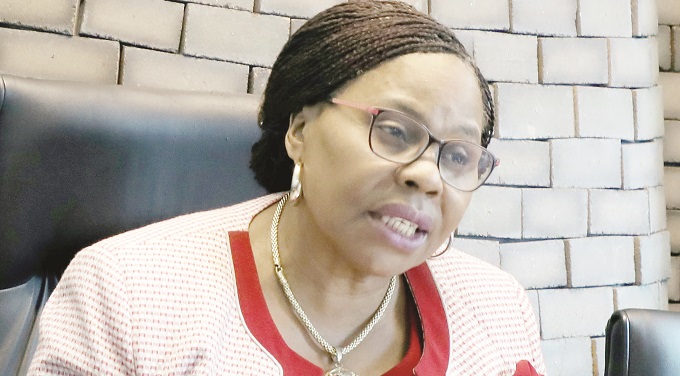

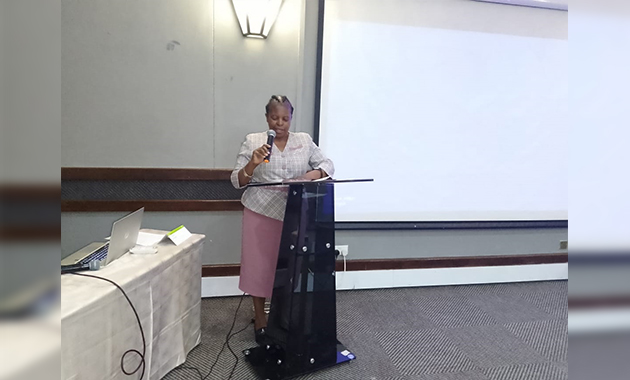
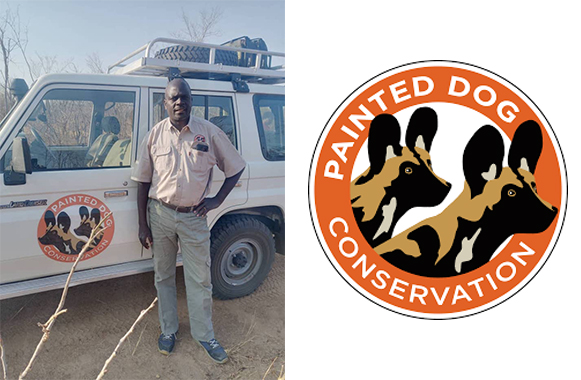
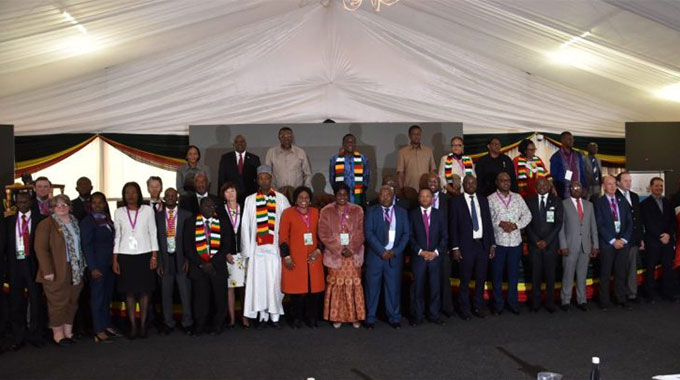





Comments